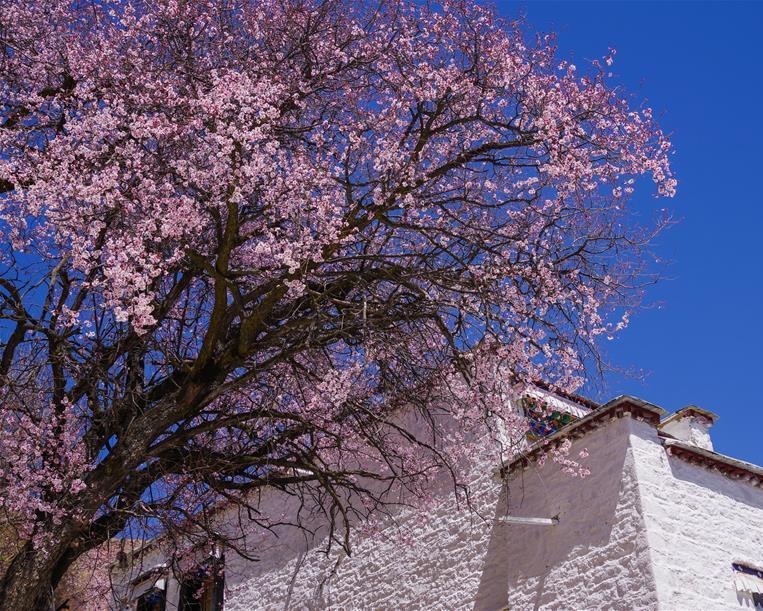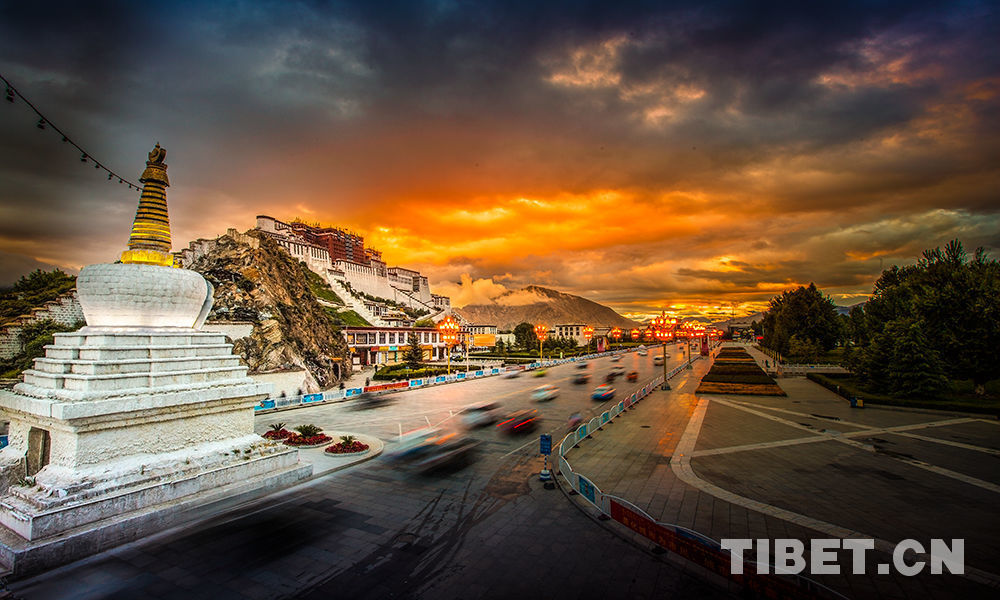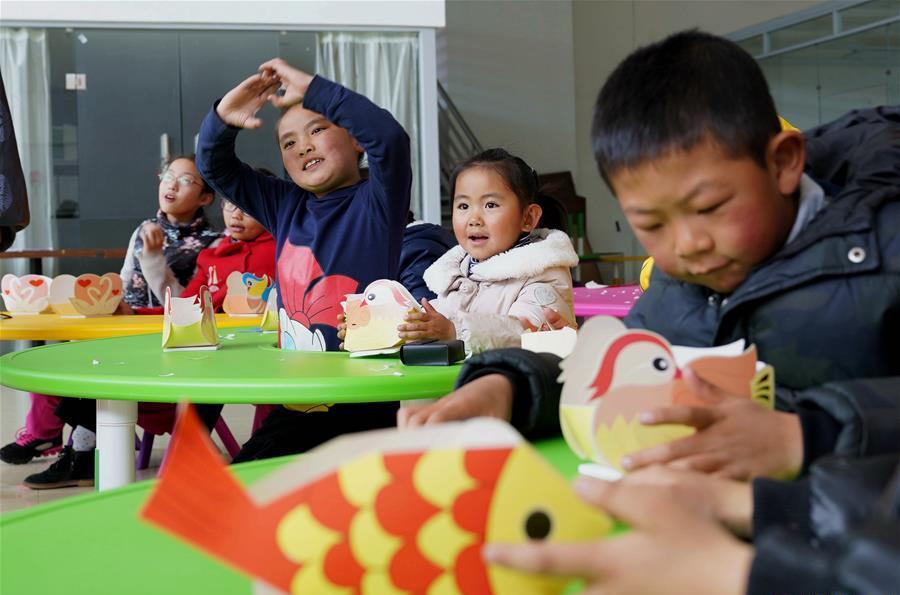Roof of the world
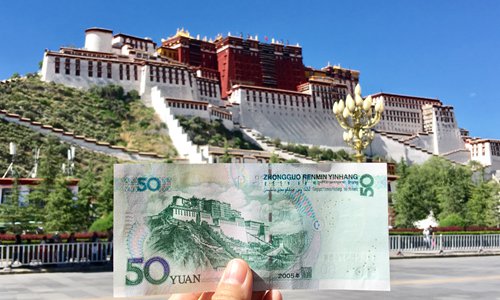
The Potala Palace in Lhasa, capital of Southwest China's Tibet Autonomous Region (Photo: Li Jingjing/GT)
Tibet can be rewarding, but needs preparation
Southwest China's Tibet Autonomous Region is on the list of traveling destinations for many people. Thanks to the region's many portrayals in movies and good word of mouth among travelers, Tibet is seen as a holy and mysterious land that most people want to visit at least once in their lifetime.
While I agree that Tibet is definitely a must-see place, most people don't consider the difficulties that ensue with such a pilgrimage.
People who are looking to go on a fun, relaxed and exciting holiday, probably should head somewhere else.
Traveling in Tibet definitely will be exhausting as the physical challenges this place presents makes it difficult to relax.
However, don't think I'm trying to intimidate those who are yearning to visit Tibet. I just feel that being fully prepared both physically and mentally is crucial to really enjoying everything this place has to offer.
I just finished my first trip to Tibet in late July, and here I would like to share some of my personal experiences, as well as some tips.
What to take
"Travel light" does not apply to Tibet. On the contrary, it's better to pack as much as possible. Several things are essential for traveling in Tibet.
1. Altitude sickness medicine
It's important for every one who is not accustomed to high altitudes to pack medicine to treat this sickness, because it could happen to anyone at different levels of severity.
Tibet is known as the "roof of the world." The average altitude is more than 4,000 meters above sea level and most scenic spots are located at places nearly 5,000 meters above sea level. That means the available oxygen in the air is almost 40 percent less than what we normally breathe.
This can cause a series of symptoms, including headache, loss of appetite, trouble sleeping and fast heartbeat - all of which could stop you from enjoying your trip.
Taking medicine to prevent high altitude sickness every day in Tibet is necessary, while some medicine needs to be taken several days before landing in Tibet, especially for those who have never been on the plateau.
While it was my first time being on plateau, I didn't suffer from altitude sickness my first day. I give half of the credit to all the medicine I kept taking every day.
In China, there are two main medicines that most people choose, medicine made from herba rhodiolae, the other is lan yang pian, or blue pills, each of which enhance your body's ability to absorb oxygen. They are all available on taobao.com.
Cold medicine is also something you need to bring, because the changing -temperature in Tibet can -easily cause a cold, which could become a fatal sickness at high altitude.
2. Clothes for four seasons
The temperature can be dramatically different from one place to another in Tibet, or simply just from day to night. It's very common to wear a short-sleeve T-shirt during the day and then wear a down coat at night.
This is why Tibetans tend to wear their cotton--padded jackets with one sleeve on their shoulder and the other off.
If you are heading for mountains and lakes, packing down coats and pants, as well as climbing boots are important.
Although in summer, places like Lhasa are warm enough to just wear a short-sleeve shirt, but it's better to wear a thin jacket, because the sunshine is very strong and could give you a terrible sunburn. Packing sunblock and bringing sunglasses is essential.
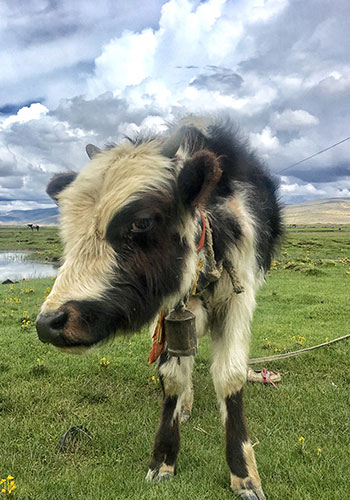
A yak on the plateau (Photo: Li Jingjing/GT)
Rules for survival
The high altitude basically requires that we change the lifestyle that we were used to.
1. Being 'slow' is key.
Better to make every movement as slow as possible. Walk, and walk slowly, instead of running, jogging or jumping.
Try not to do exercise or any sports. Any fast movement puts an extra burden on your heart and lungs which are already overwhelmed trying to bring oxygen to your whole body.
Many people faint from doing sports in Tibet because they didn't feel any altitude sickness.
I didn't feel any sickness until the day I headed to Namtso, a mountain lake in central Tibet which is about 4,700 meters above sea level. No matter how slowly I walked, I could feel my heart was racing like I had just finished a 100-meter race.
So I chose to sit down all the time and rest more often, even though that meant missing out on a few scenic spots. It turned out that this was good choice, because after that day, I didn't suffer from high altitude sickness symptoms even when I went to Mount Qomolangma Base Camp, which is 5,200 meters above sea level.
2. Take less showers
This is a common rule accepted by travelers in Tibet. Don't take showers or wash your hair during your first two days in Tibet, and don't take showers that frequent either afterward, because that also contributes to high altitude sickness and may lead you to catching a cold as well.
3. About oxygen bottles
Many people are so worried about altitude sickness that they carry oxygen bottles and take hits off of it whenever they feel any symptoms. That is the wrong move.
Do not use oxygen bottles unless you absolutely have to. They are more for those suffering severe symptoms, like someone who has fainted.
It's natural to feel symptoms like headache, loss of appetite or a racing heartbeat, but the human body is very adaptive.
Give yours enough time to actively adapt to this low oxygen environment and you will be able to enjoy your visit without any symptoms.
However, using oxygen bottles when small symptoms occur affects the body's ability to adapt. Then these symptoms may follow you during the entire trip.
Getting there
There are many routes and transportation in different cities in China, including direct flight and oxygen-pumped trains.
However, foreigners need to participate in group tours organized by travel agencies.
It may sound dull. But Tibet is a very large place which means it takes dozens of hours to drive from place A to B.
The complicated geography of Tibet also means not every driver can handle traveling by themselves.
In that case, taking an organized tour with an experienced driver and huge oxygen bottle on board will actually make your trip safer.
Things to remember
Tibet is a very religious region and local people have many customs and traditions. It's important to respect their culture.
It's very common to see people praying, either in the cities or out in the wilds. It's okay to give them a little bit of money. Yet I saw too many tourists taking photos of them, which kind of disturbed them.
When visiting temples, please wear long sleeves and long pants to cover yourselves. Female visitors shouldn't come into physical contact with monks.
Many parts of Tibet are still less developed, especially in remote mountain areas. On Mount Qomolangma Camp Base, even water is a luxury.
Local villagers have to walk a very long way to get water from wells and have to carry it back themselves.
So hygiene conditions will be quite different from what we are used to in cities - it's normal for places not to have running water or modern toilets.
Many people call Tibet the last pure land, as the wilderness, people and culture seem less impacted by the modern world.
Everything you see and experience there is quite different from our daily lives.
Although it might be tough at time, the experience is definitely worth the trouble.
Your Comment
Name E-mailRelated News
-
-
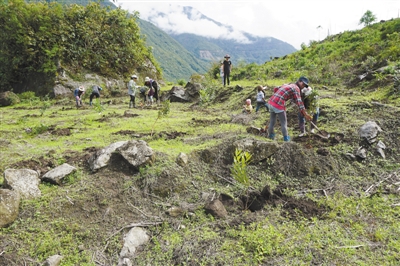
-
Zhanjiang helps Tibet grow tropical fruit
A truck loaded with 2,000 tree saplings of over 10 different varieties was sent to Tibet autonomous region from Zhanjiang in late April, for trial planting.
-
-
-
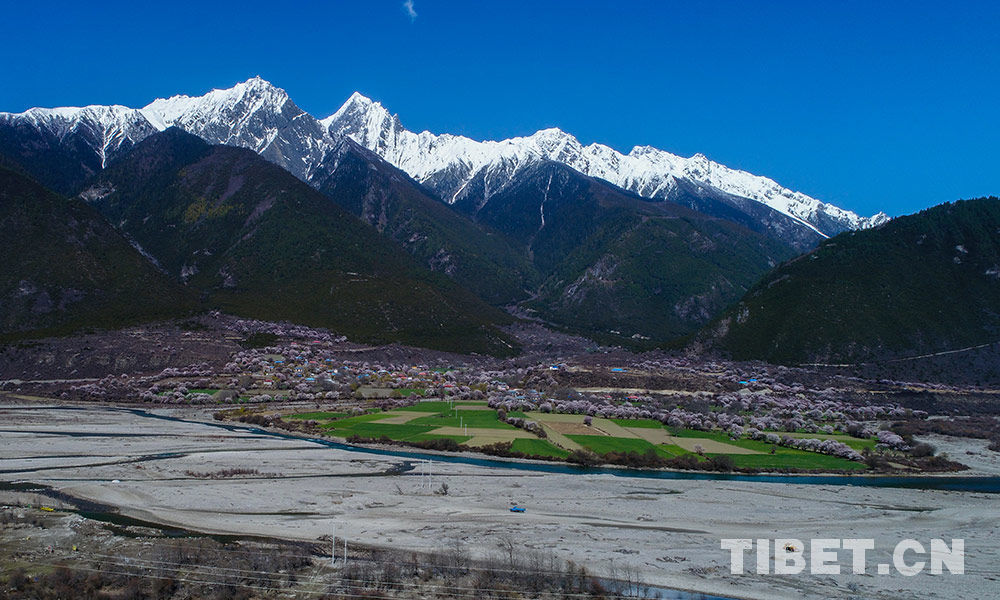
-
3,000-yr-old tombs unearthed in Tibet
Archaeologists announced Monday that they have excavated tombs dating back some 3,000 years in southwest China's Tibet Autonomous Region.
-
-
-
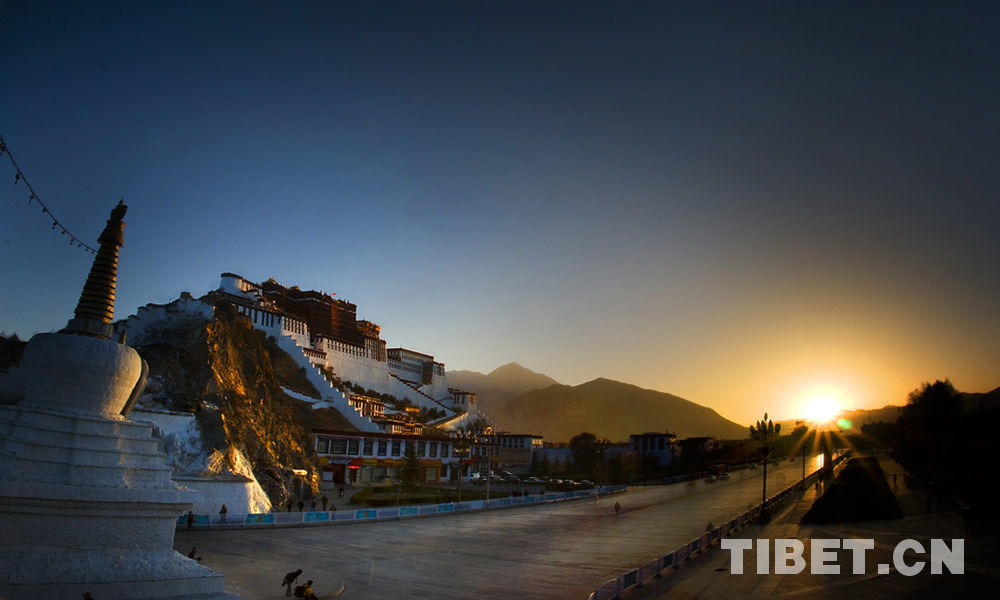
-
Tibet lifts 260,000 people out of poverty in past two years
Southwest China's Tibet Autonomous Region has lifted 260,000 people out of poverty during the past two years, Qizhala, chairman of the regional government, said Wednesday.
-
-
-
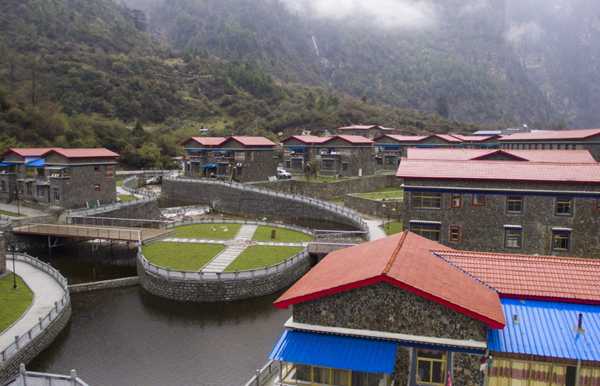
-
Tibet rises from poverty: fantasy and reality
As a result of Hollywood and a fascination with Buddhism among certain celebrities and in some bohemian circles, many Americans are deeply misinformed about Tibet.
-
-
-
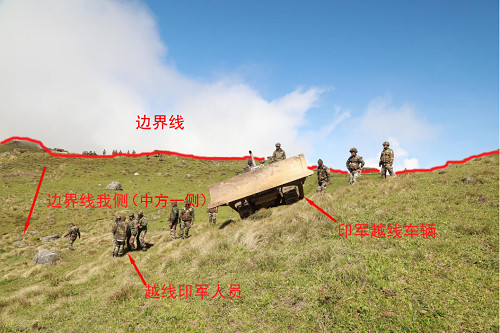
-
Truths about Indian troops' illegal entry into Chinese territory
The illegal crossing of a delimited boundary and entering the territory of a neighboring country violate China's sovereignty and territorial integrity, international law and basic norms governing international relations.
-



